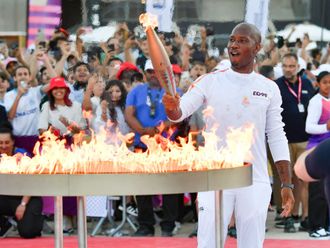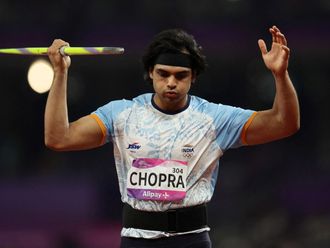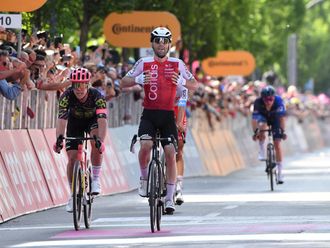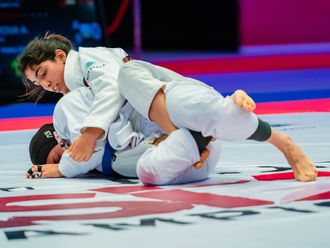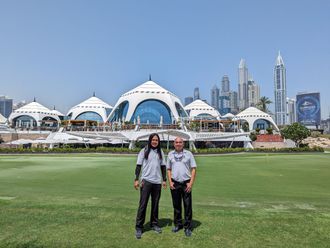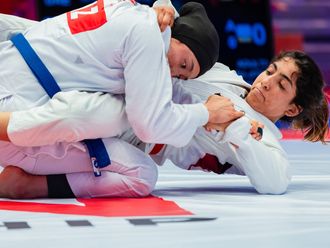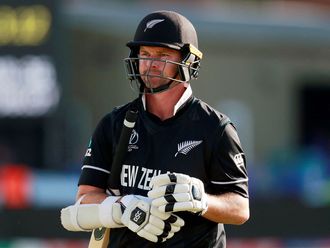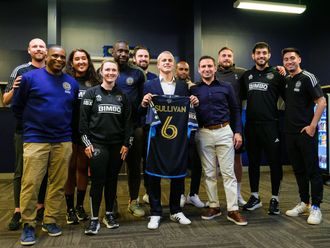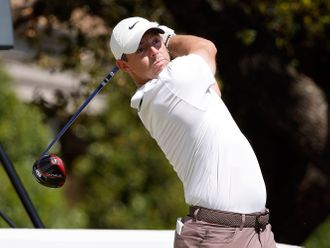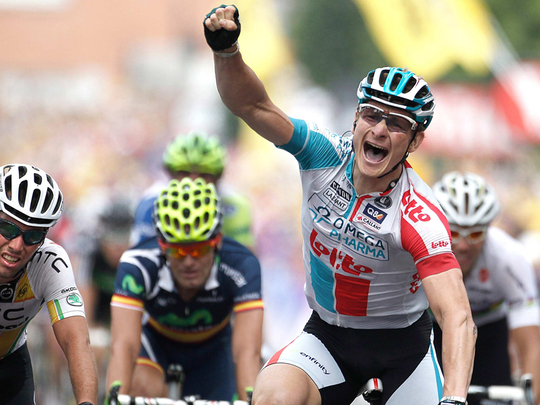
 Dates July 4 to July 26 2015 Stages 21 Total distance 3,358.3km
Dates July 4 to July 26 2015 Stages 21 Total distance 3,358.3km
Riders 198 Teams 22
Start Utrecht, Netherlands Finish Sevres, Paris
TV Schedule BeIN Sports have the rights to broadcast the Tour de France. Live stages will be shown on BeIN Sports HD12.
Teams and riders Click here for the entrants
Overview The Tour de France is part of the UCI World Tour (Union Cycliste Internationale), and is the 18th round of the 2015 series. The Tour de France is one of three of the most prestigious tours held annually.
A total of 22 teams take part, each fielding nine cyclists. The tour comprises 21 stages held at various locations across France, with occasional stages taking place in neighbouring countries. Each stage is a different distant and take place on a variety of different courses, from flat land to mountainous courses.
Stages are timed, and after finishing the riders' times are added to their previous stage times. The rider with the lowest aggregate time is the declared leader of the race and gets to wear the yellow jersey.
Although the general classification understandably attracts the most attention, there are further awards available for the sprinters, the mountains classification for the climbers, young rider classification for under the age of 26s, and the team classification for the fastest teams.
Points The main classification is the General Classification. Each stage of the tour is timed. Times are added together for all riders and the rider with the lowest aggregate time is declared the leader – or winner if the event has concluded.
The leader at the end of each stage is entitled to wear the yellow jersey.
There are points awarded for classified finishes in the mountain stages, points classification for sprinters, young riders, historical riders, and minor classifications.
Stages
| S | Date | Location | Distance | Course type |
|---|---|---|---|---|
| 1 | Jul 4 | Utrecht – Utrecht | 13.8 km | Individual time trial |
| 2 | Jul 5 | Utrecht – Neeltje Jans | 166 km | Flat stage |
| 3 | Jul 6 | Antwerp – Huy | 159.5 km | Medium-mountain stage |
| 4 | Jul 7 | Seraing – Cambrai | 223.5 km | Flat stage with cobblestones |
| 5 | Jul 8 | Arras – Amiens | 189.5 km | Flat stage |
| 6 | Jul 9 | Abbeville – Le Havre | 191.5 km | Flat stage |
| 7 | Jul 10 | Livarot – Fougères | 190.5 km | Flat stage |
| 8 | Jul 11 | Rennes – Mûr-de-Bretagne | 181.5 km | Medium-mountain stage |
| 9 | Jul 12 | Vannes – Plumelec | 28 km | Team time trial |
| Jul 13 | Rest day (Pau) | |||
| 10 | Jul 14 | Tarbes – La Pierre Saint Martin | 167 km | Mountain stage |
| 11 | Jul 15 | Pau – Cauterets | 188 km | Mountain stage |
| 12 | Jul 16 | Lannemezan – Plateau de Beille | 195 km | Mountain stage |
| 13 | Jul 17 | Muret – Rodez | 198.5 km | Medium-mountain stage |
| 14 | Jul 18 | Rodez – Mende | 178.5 km | Medium-mountain stage |
| 15 | Jul 19 | Mende – Valence | 183 km | Hilly stage |
| 16 | Jul 20 | Bourg-de-Péage – Gap | 201 km | Medium-mountain stage |
| Jul 21 | Rest day (Gap) | |||
| 17 | Jul 22 | Digne-les-Bains – Pra Loup | 161 km | Mountain stage |
| 18 | Jul 23 | Gap – Saint-Jean-de-Maurienne | 186.5 km | Mountain stage |
| 19 | Jul 24 | Saint-Jean-de-Maurienne – La Toussuire - Les Sybelles | 138 km | Mountain stage |
| 20 | Jul 25 | Modane – Alpe d'Huez | 110.5 km | Mountain stage |
| 21 | Jul 26 | Sèvres – Paris | 109.5 km | Flat stage |
History of the tour As with so many things, the Tour de France owes its existence to a falling out between two people. At the end of the 19th Century, an army officer called Alfred Dreyfus was accused of selling military secrets to Germany – with whom France was a mortal enemy. The affair divided France, and although Dreyfus was acquitted, there were still some who maintained he was guilty.
During the annual Auteuil horse meeting in Paris in 1899, Comte Jules-Albert de Dion became vocal in his belief of Dreyfus’s guilt, saying that he was a traitor to France. De Dion struck then-President Emile Loubet with his cane, for which he was arrested and detained for two weeks.
Pierre Giffard, the Editor of Le Velo magazine, printed an unfavourable account of the events at Auteuil, incensing rage from de Dion. In retaliation, de Dion set up a rival magazine – Le Auto – with the intention of destroying Giffard’s publication.
However Le Auto was not the immediate success it was hoped it would be. A young cyclist journalist called Geo Lefevre suggested a long-distance cycle race around the entire country, a distance not previously attempted. The Editor, Henri Desgrange, was tasked with making the event happen.
In the build-up to the first race in 1903, confidence in its success was low. In an effort to attract wider interest, the entry fee was dropped from Fr20 to Fr10, the prize fund was raised to Fr20,000 and the dates moved from May to July. Soon enough some 80 cyclists had registered and the event went ahead.
Aside from plenty of cheating and foul play, the event was a success, and has run continuously each year to this day, except during the World Wars.


